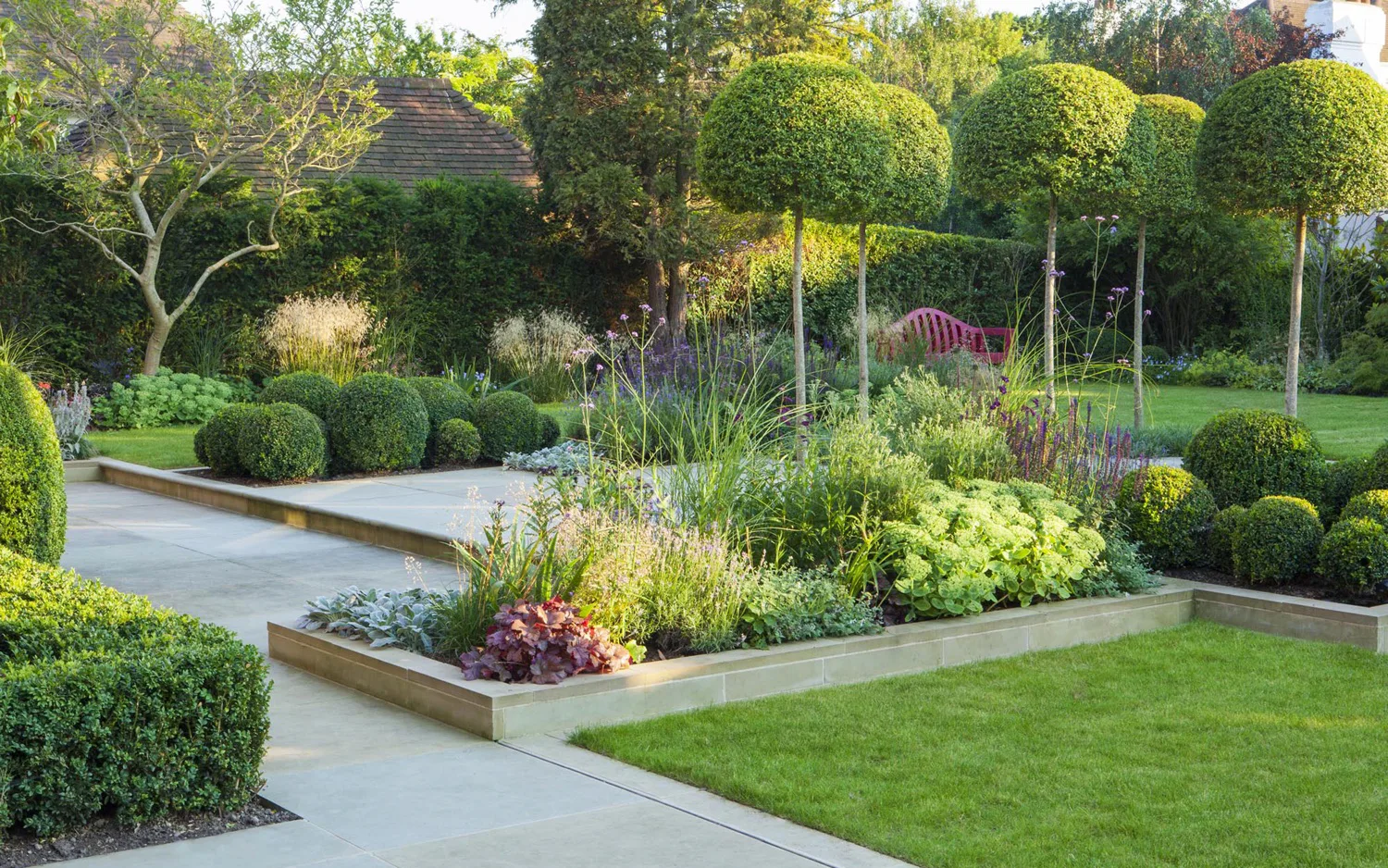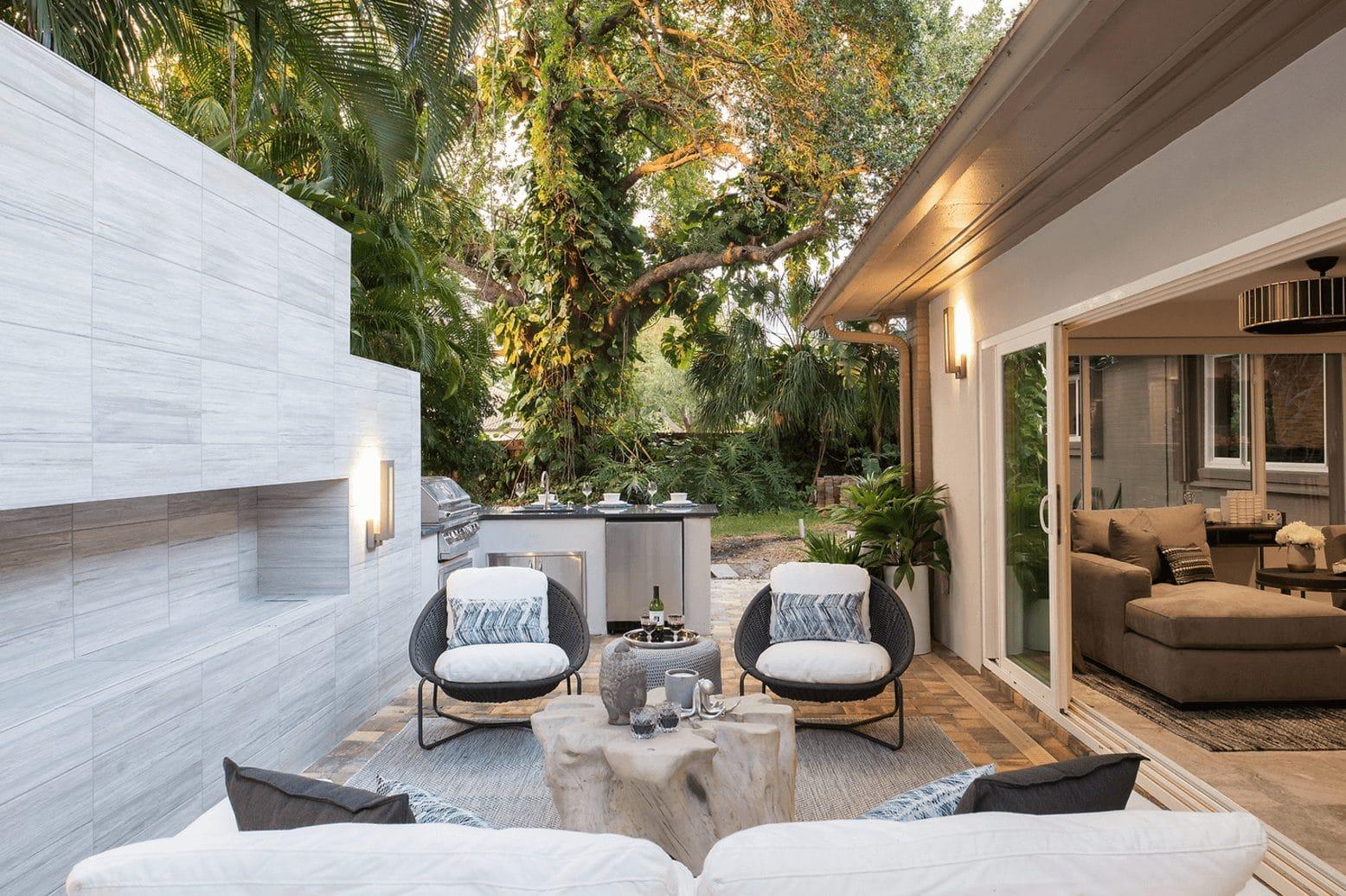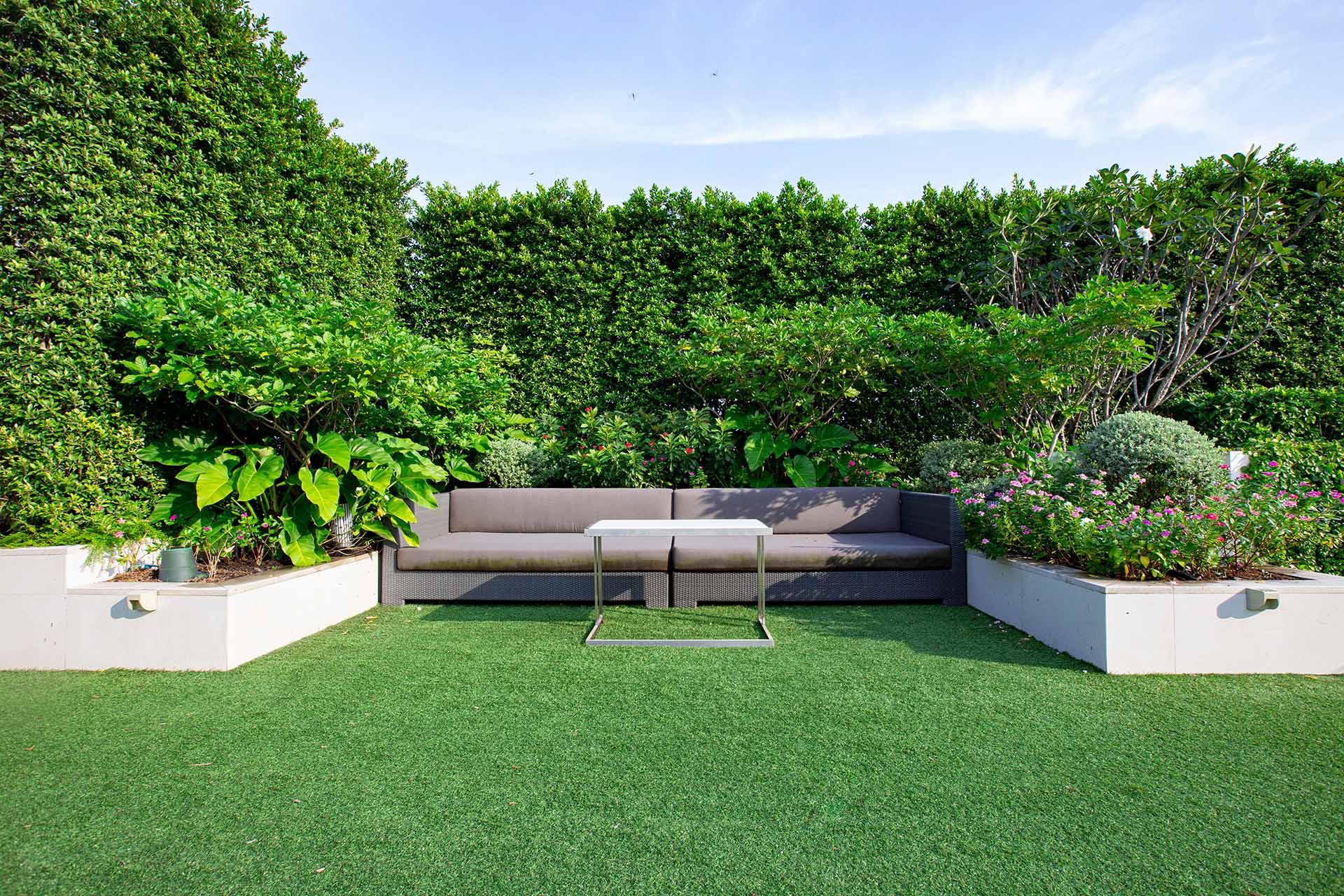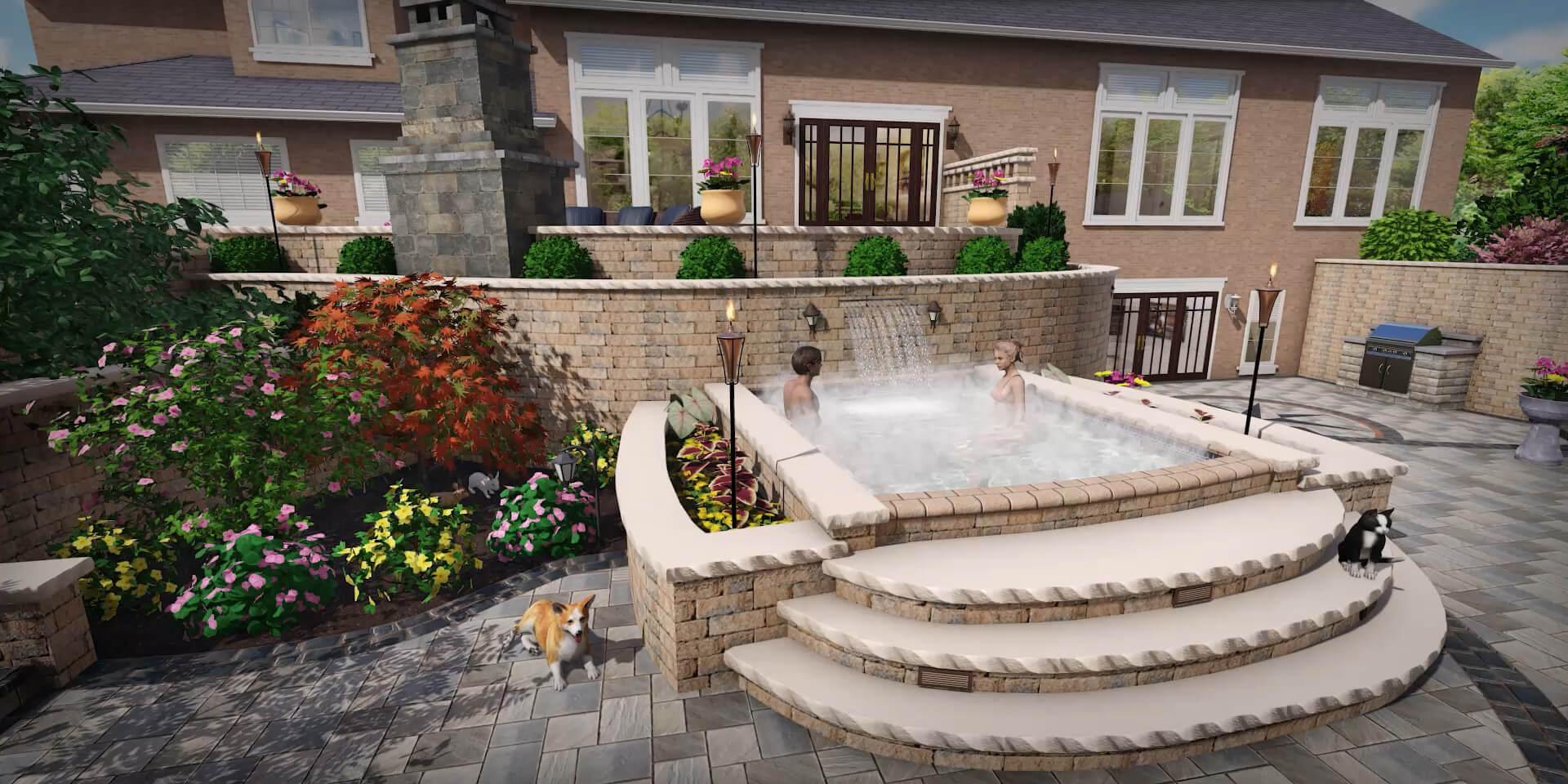
by Jax Hall
09.06.2025
Visualizing Your Paradise: The Power of 3D in Landscape Transformation.
Modern landscape design leverages advanced 3D visualization techniques to transform concepts into tangible experiences. These methods empower clients to fully grasp proposed transformations before ground is broken. Understanding the strengths of each approach is crucial for effective project planning.
- Photorealistic Renderings: Static, high-fidelity images that capture the proposed landscape design from optimal viewpoints. Ideal for showcasing specific details and overall aesthetic intent in a polished, print-ready format.
- Interactive 3D Models: Dynamic digital environments allowing clients to explore the design from any angle, zoom in on features, and even change elements. Offers a more engaged and personalized viewing experience.
- Virtual Reality (VR) Walkthroughs: Immersive experiences where clients "step into" their future landscape using VR headsets. Provides an unparalleled sense of presence and scale, fostering deep emotional connection with the design.
Key Evaluation Criteria for 3D Visualization Methods
When selecting a 3D visualization approach, several factors warrant careful consideration to ensure alignment with project goals and client expectations.
- Visual Fidelity: Assesses how closely the visualization mirrors the final physical appearance, including textures, lighting, and material realism.
- Client Engagement: Measures the level of interaction and understanding the client gains from the visualization, promoting informed decision-making.
- Development Effort: Considers the time, specialized skills, and software resources required to produce and refine the visualization.
- Flexibility for Revisions: Evaluates the ease and speed with which design modifications can be incorporated and re-visualized for client review.
Comparative Analysis of 3D Visualization Approaches
Photorealistic renderings excel in visual fidelity, presenting a highly polished and detailed representation of the proposed landscape. They effectively convey the aesthetic vision and material choices with stunning clarity. However, client engagement is somewhat limited, as viewers are passive observers of pre-determined views. While compelling, the static nature means clients cannot explore beyond the presented perspectives, which might leave some questions unanswered regarding spatial flow or specific angles.
Regarding development effort, photorealistic renderings require significant artistic skill and computing power, but are generally less resource-intensive than interactive or VR options. They demand precision in modeling and lighting to achieve their characteristic realism. For flexibility, revisions can be time-consuming; even minor changes to the design often necessitate re-rendering multiple images, which can extend project timelines if numerous iterations are required for client approval.
Interactive 3D models offer a substantial boost in client engagement. Clients can navigate the design at their own pace, exploring every corner and gaining a comprehensive understanding of the space. While visual fidelity is very good, it might sometimes be slightly less hyper-realistic than a perfectly rendered static image, trading some absolute realism for dynamic exploration. This method empowers clients to feel more involved in the design process by actively interacting with the virtual environment.
The development effort for interactive models is higher than static renders, requiring robust 3D modeling skills and often game engine expertise for smooth navigation. However, they offer excellent flexibility for revisions. Once the model is built, incorporating design changes is relatively efficient, as updates can be applied to the core model, and clients can immediately see the effects of modifications in their interactive walkthrough, streamlining the feedback loop and accelerating decision-making.
Virtual Reality (VR) walkthroughs provide the ultimate in both visual fidelity and client engagement. Stepping into a VR environment creates an unparalleled sense of immersion, allowing clients to experience the scale, light, and atmosphere of their future landscape as if they were already there. This deep emotional connection helps clients truly visualize their "paradise," making it easier to confirm design choices and feel confident in the proposed transformation. The ability to physically turn and look around within the design is transformative. 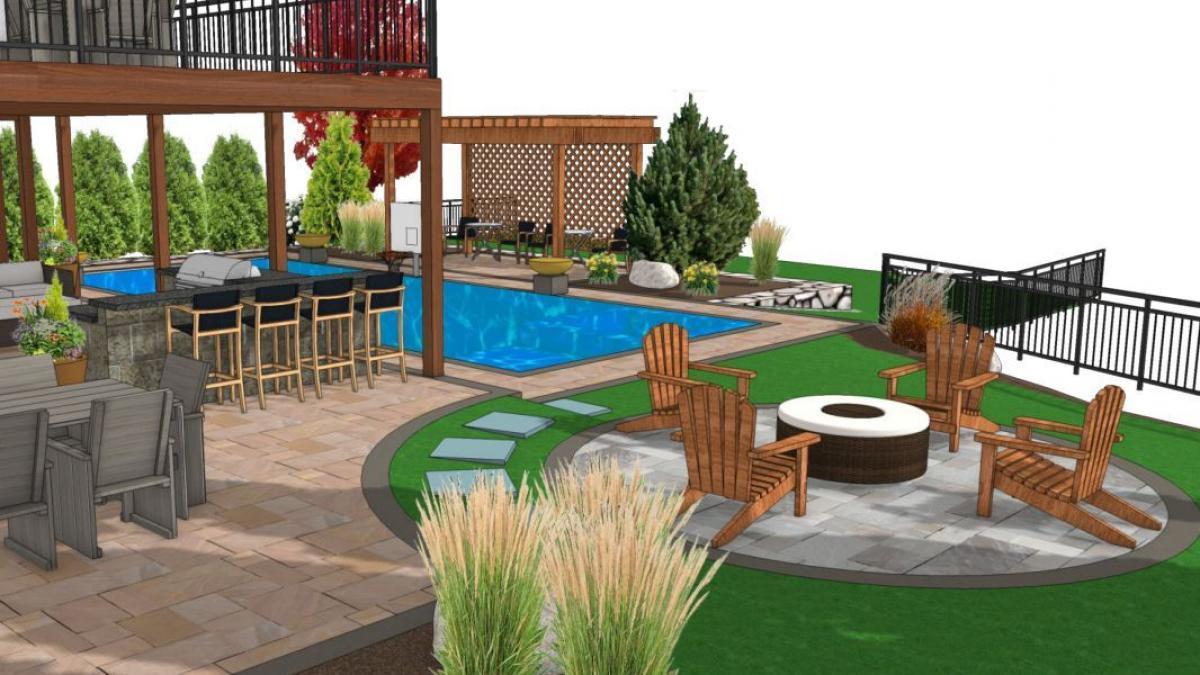
However, VR walkthroughs demand the highest development effort, requiring highly detailed models, optimized environments, and specialized VR hardware for deployment. The technical complexity is significant. Flexibility for revisions can also be more challenging compared to interactive models; while changes can be made to the underlying 3D model, updating and optimizing the VR experience for each iteration can be a more involved process, requiring careful planning for projects with frequent design adjustments.
Recommendations for Method Selection
For projects requiring a clear, concise presentation of the design concept, especially during initial stages or for marketing materials, photorealistic renderings are an excellent choice. They provide a strong visual impact with controlled perspectives, ideal for showcasing the aesthetic appeal and key features without overwhelming the client with too much detail. They are particularly effective when specific views are critical to conveying the design intent of DARI LANDSCAPE AND BUILD LTD.
When client collaboration and detailed exploration are paramount, interactive 3D models become invaluable. This method empowers clients to take ownership of the visualization process, moving through the design, testing different vantage points, and understanding spatial relationships. It is highly recommended for projects where clients need to feel fully engaged and have specific questions about how the space will function from various perspectives.
For projects aiming to create an unforgettable, immersive experience that truly sells the vision, Virtual Reality walkthroughs are the pinnacle. While requiring a greater investment in development, the emotional connection and complete understanding clients gain from "walking through" their future landscape are unmatched. This approach is best suited for high-value projects where conveying a powerful, visceral sense of the finished environment is a key objective.
Ultimately, the optimal 3D visualization method depends on the project's specific requirements, budget, and the desired level of client interaction. DARI LANDSCAPE AND BUILD LTD offers expertise across these visualization techniques, guiding clients to select the most effective approach to bring their landscape dreams to life. We ensure that every design is not just seen, but truly experienced, fostering clarity and confidence in the transformation ahead.
